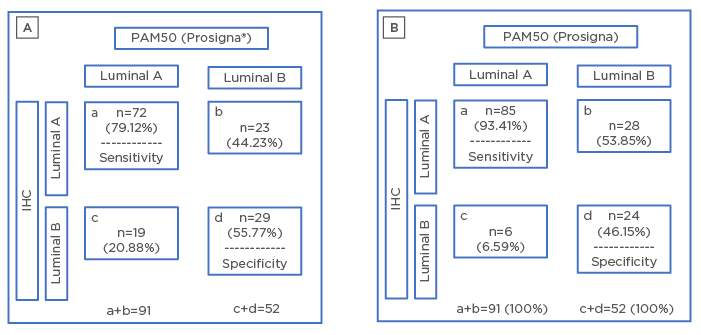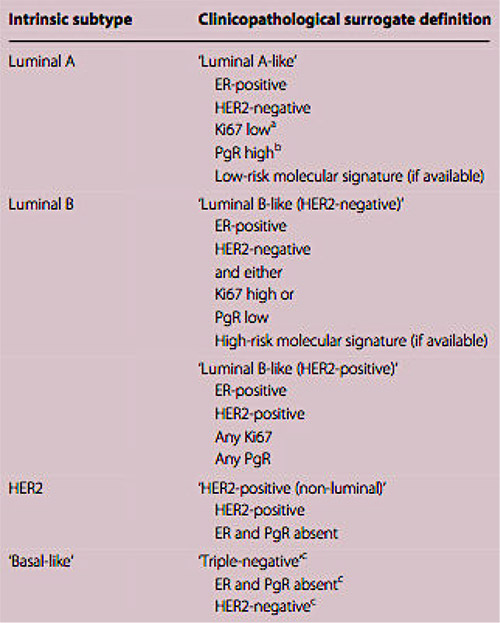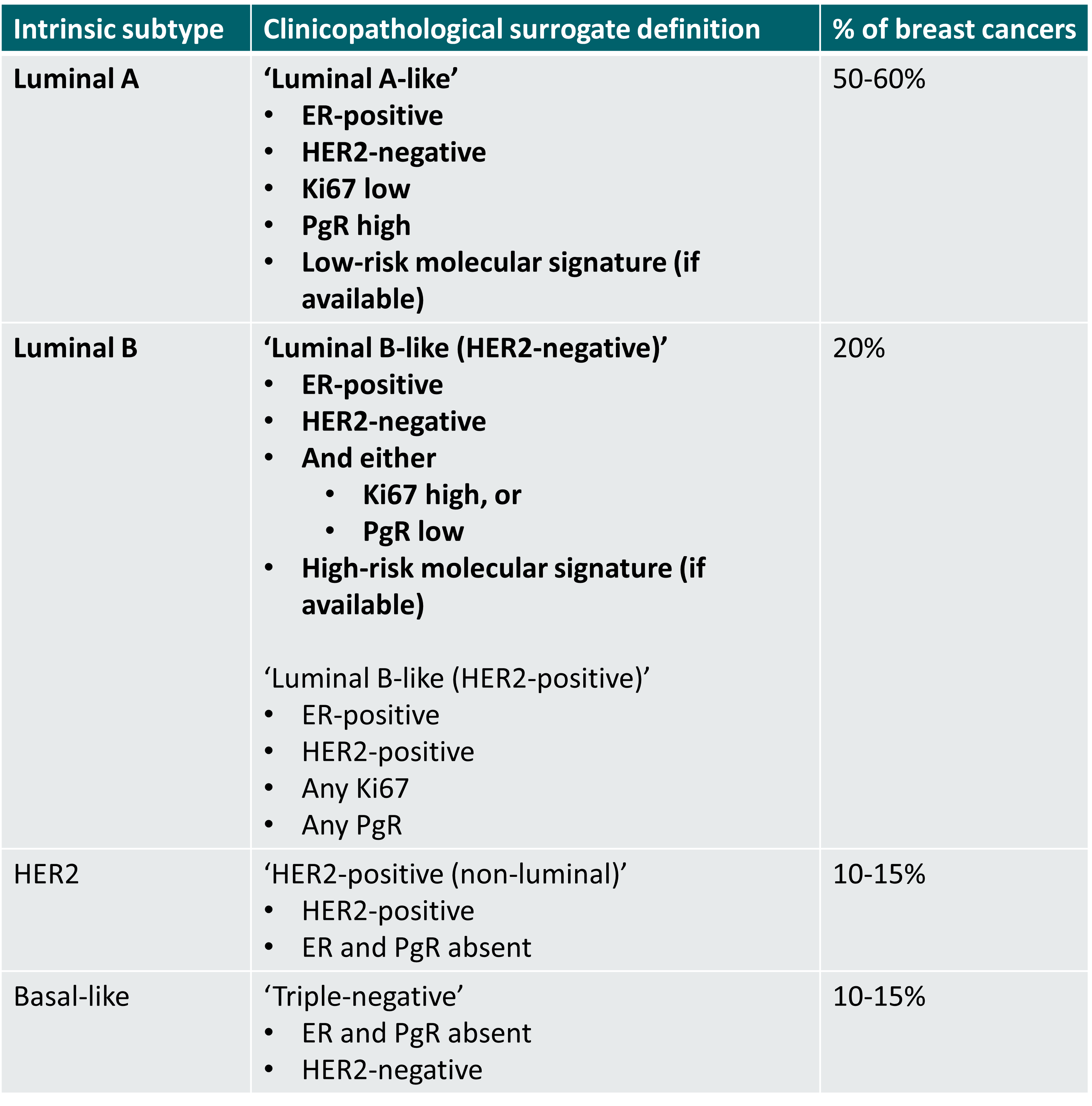
Expression of ER, PR, Her2, and Ki-67 by immunohistochemical staining... | Download Scientific Diagram
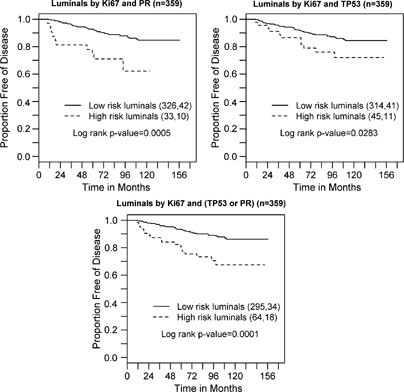
Distinguishing luminal breast cancer subtypes by Ki67, progesterone receptor or TP53 status provides prognostic information | Modern Pathology

Ki-67 (30-9) scoring and differentiation of Luminal A- and Luminal B-like breast cancer subtypes | springermedizin.de

Factors influencing agreement of breast cancer luminal molecular subtype by Ki67 labeling index between core needle biopsy and surgical resection specimens | Virchows Archiv

Table 1 from Luminal B breast cancer: molecular characterization, clinical management, and future perspectives. | Semantic Scholar
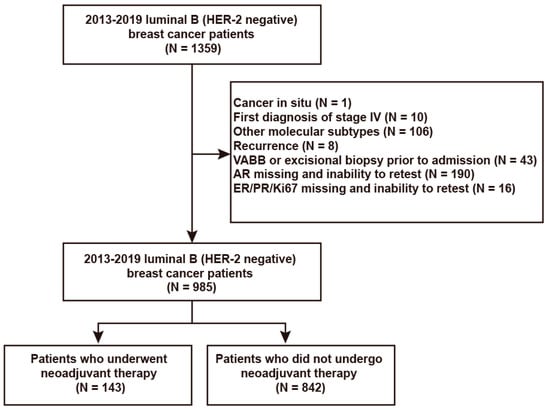
JPM | Free Full-Text | Correlation between Androgen Receptor Expression in Luminal B (HER–2 Negative) Breast Cancer and Disease Outcomes
Scholarly Article or Book Chapter | Ki67 Index, HER2 Status, and Prognosis of Patients With Luminal B Breast Cancer | ID: h989r975x | Carolina Digital Repository
![PDF] Difference between Luminal A and Luminal B Subtypes According to Ki-67, Tumor Size, and Progesterone Receptor Negativity Providing Prognostic Information | Semantic Scholar PDF] Difference between Luminal A and Luminal B Subtypes According to Ki-67, Tumor Size, and Progesterone Receptor Negativity Providing Prognostic Information | Semantic Scholar](https://d3i71xaburhd42.cloudfront.net/a33aa443a365c6282bd5449f8899f125cb99c7a9/3-Table3-1.png)
PDF] Difference between Luminal A and Luminal B Subtypes According to Ki-67, Tumor Size, and Progesterone Receptor Negativity Providing Prognostic Information | Semantic Scholar

Prognostic Significance of Progesterone Receptor Expression in Estrogen-Receptor Positive, HER2-Negative, Node-Negative Invasive Breast Cancer With a Low Ki-67 Labeling Index - ScienceDirect
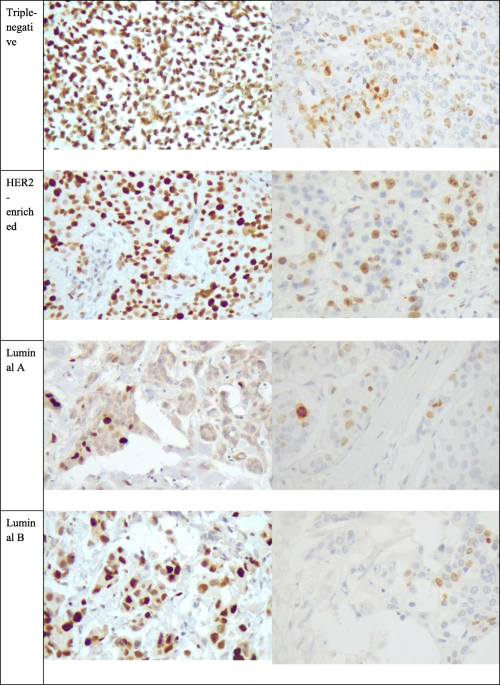
MCM6 versus Ki-67 in diagnosis of luminal molecular subtypes of breast cancers | Diagnostic Pathology | Full Text

Value of Breast Cancer Molecular Subtypes and Ki67 Expression for the Prediction of Efficacy and Prognosis of Neoadjuvant Chemotherapy in a Chinese Population. - Abstract - Europe PMC

Performance of Ki67 (as a continuous variable) to predict Luminal A or... | Download Scientific Diagram
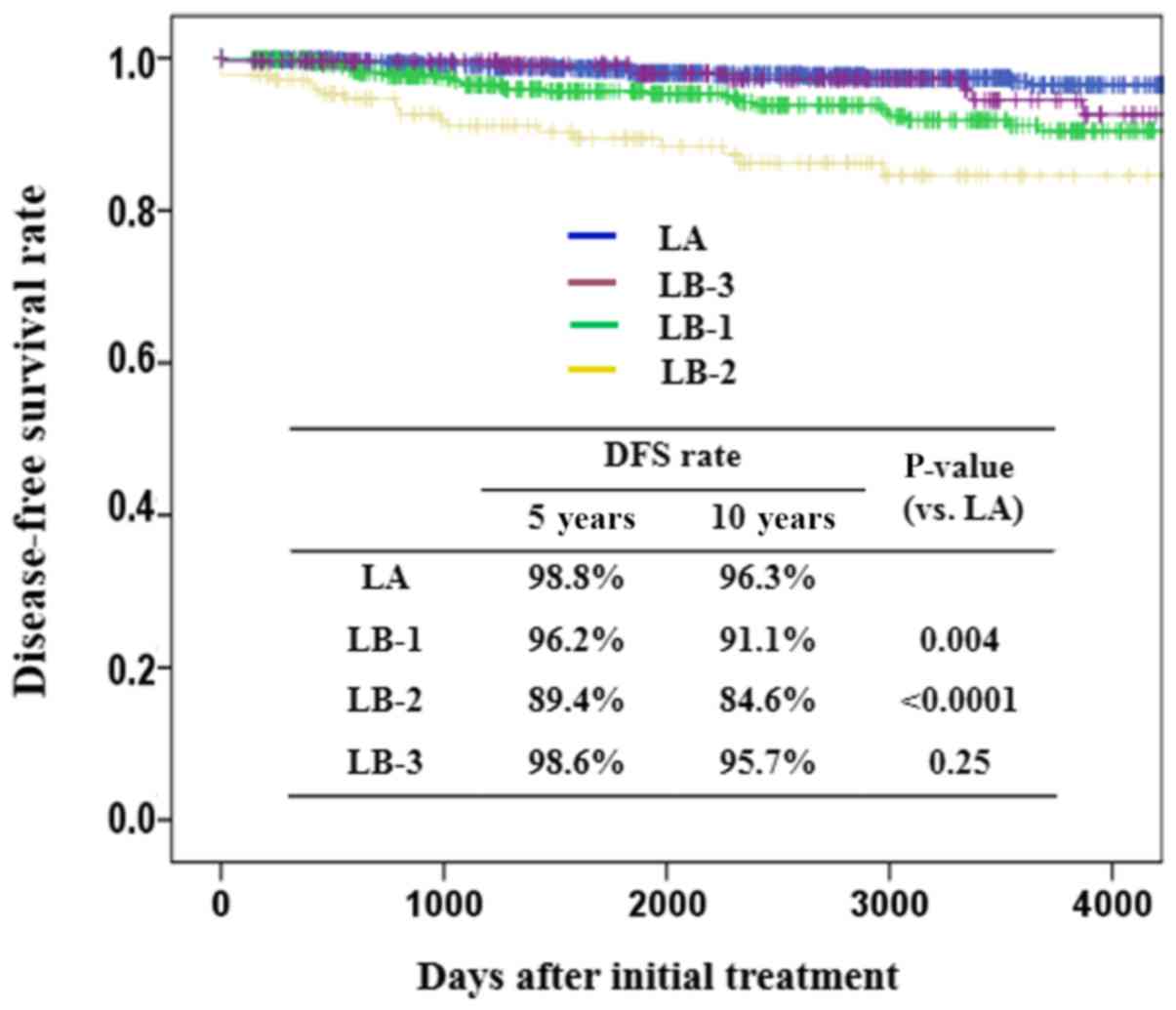
Ki‑67 index value and progesterone receptor status can predict prognosis and suitable treatment in node‑negative breast cancer patients with estrogen receptor‑positive and HER2‑negative tumors
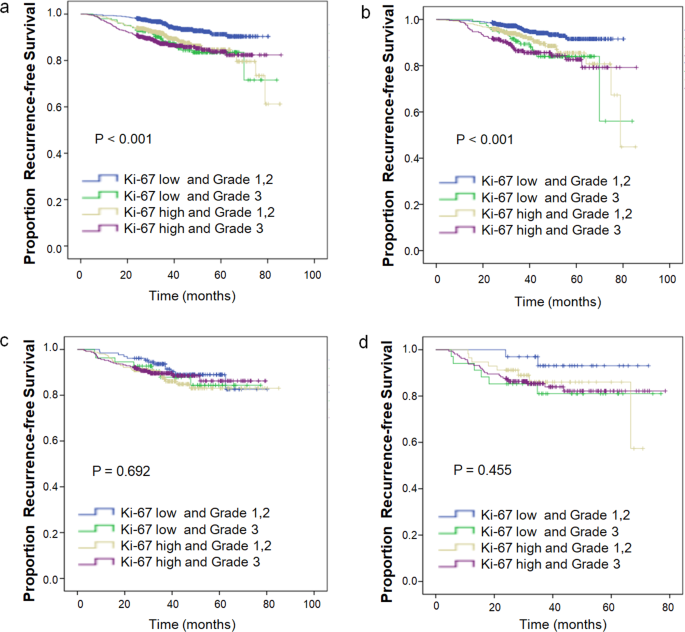
Effect of Ki-67 Expression Levels and Histological Grade on Breast Cancer Early Relapse in Patients with Different Immunohistochemical-based Subtypes | Scientific Reports

Breast Cancer Subtypes And Prognosis: Answers To Subgroup Classification Questions, Identifying The Worst Subgroup In Our Single-Center Series - Article (Preprint v1) by Rusen Cosar et al. | Qeios
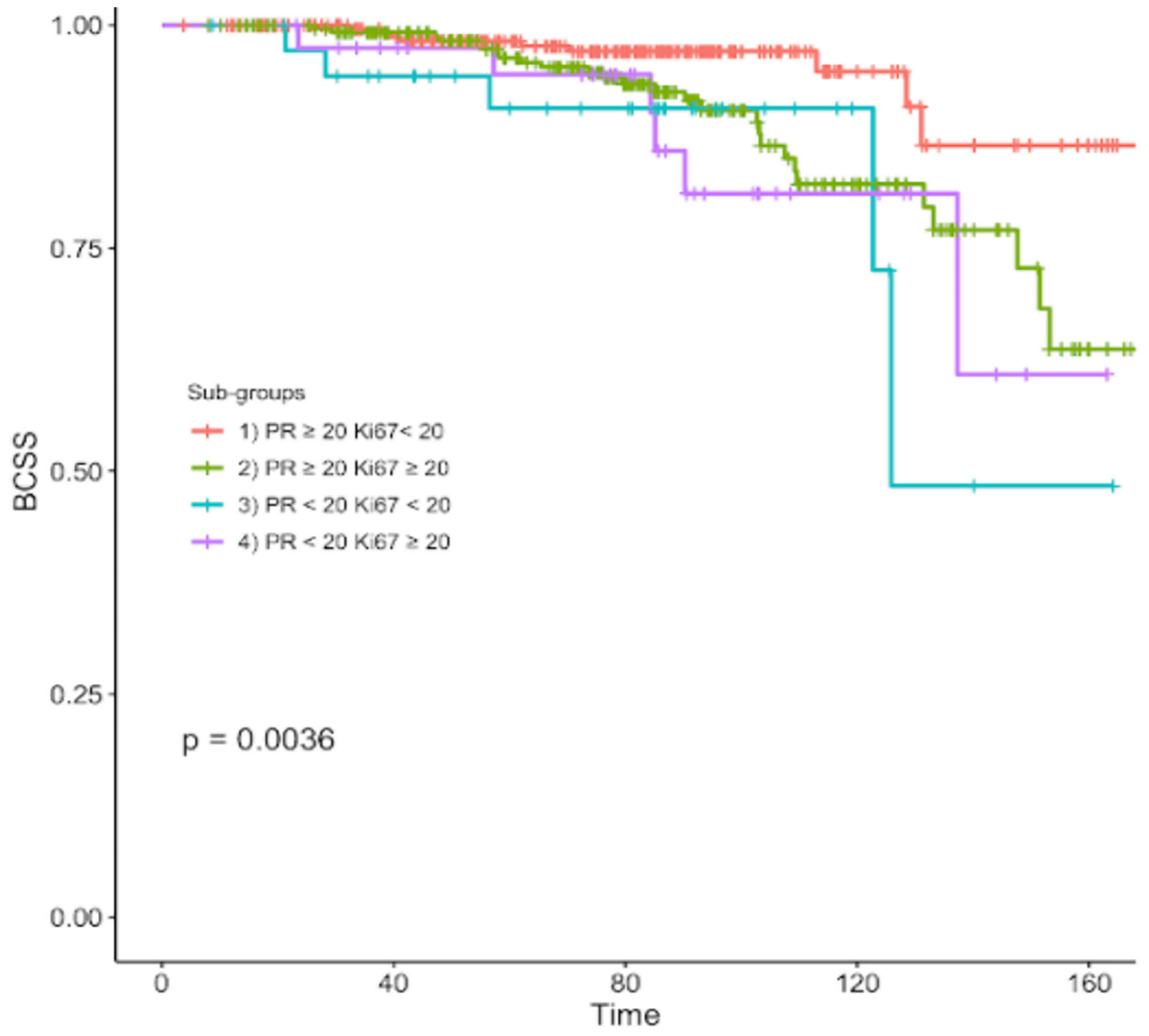
Frontiers | Prognostic Relevance of Progesterone Receptor Levels in Early Luminal-Like HER2 Negative Breast Cancer Subtypes: A Retrospective Analysis
Progesterone Receptor Status and Ki-67 Index May Predict Early Relapse in Luminal B/HER2 Negative Breast Cancer Patients: A Retrospective Study | PLOS ONE
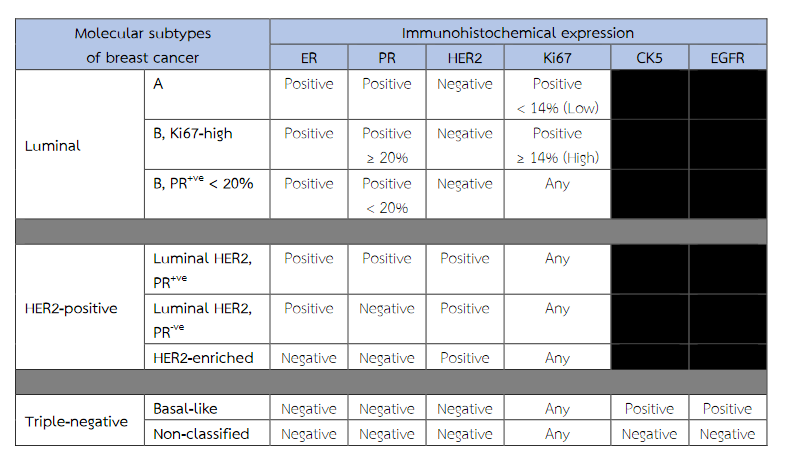
การแบ่งประเภททางโมเลกุลของมะเร็งเต้านม (Molecular classification of breast cancer) | Asian Archives of Pathology
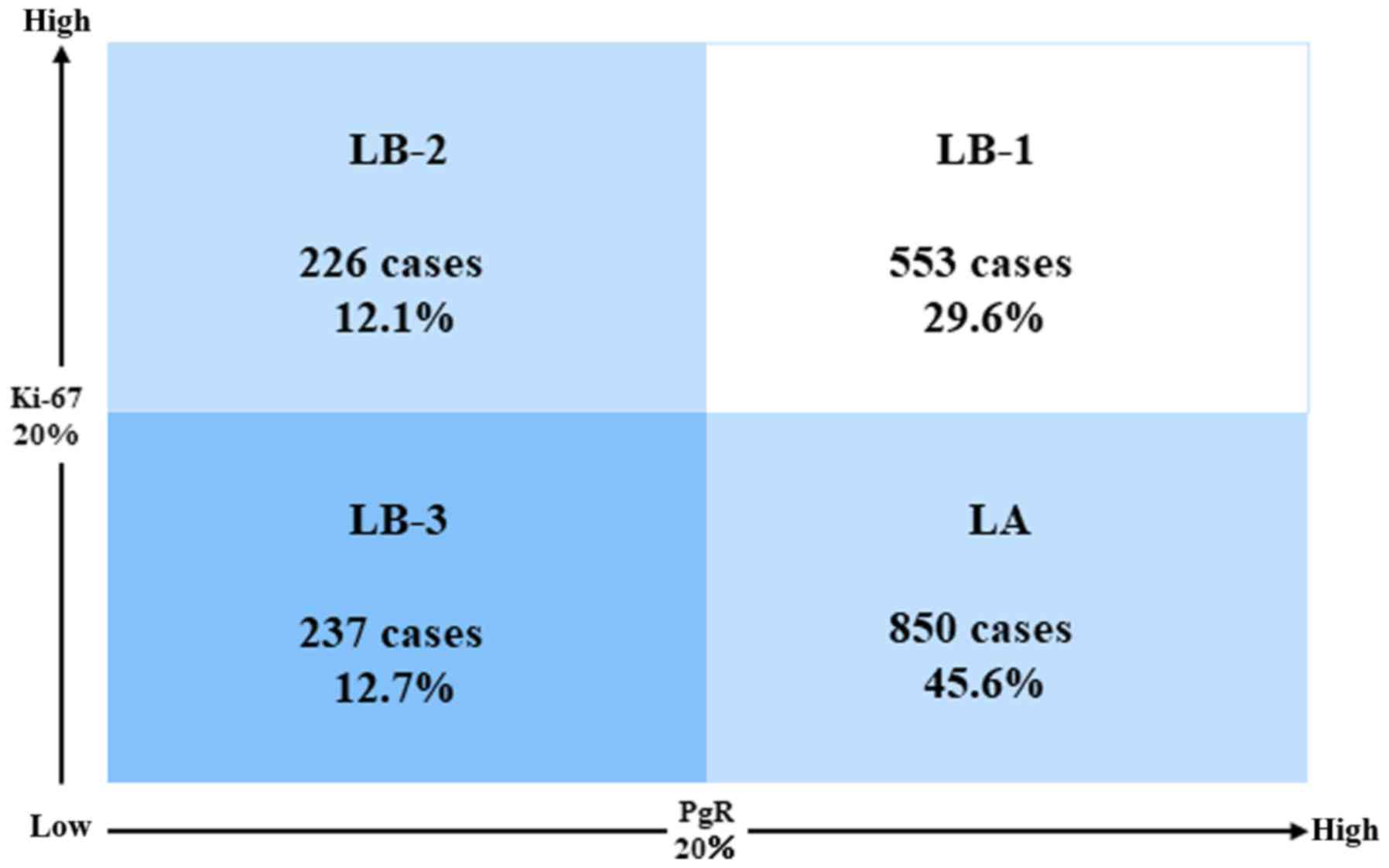
Ki‑67 index value and progesterone receptor status can predict prognosis and suitable treatment in node‑negative breast cancer patients with estrogen receptor‑positive and HER2‑negative tumors
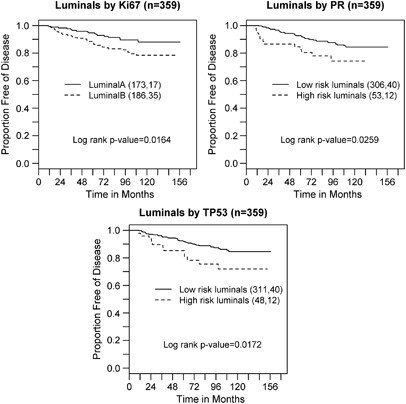
Distinguishing luminal breast cancer subtypes by Ki67, progesterone receptor or TP53 status provides prognostic information | Modern Pathology
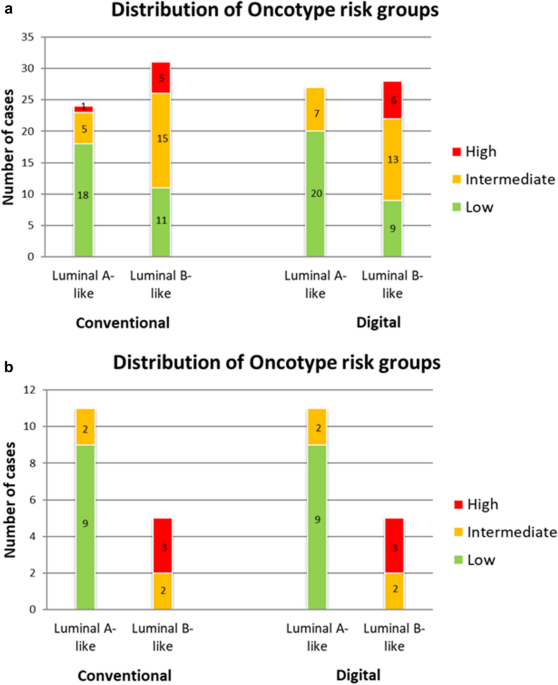
Conventional and digital Ki67 evaluation and their correlation with molecular prognosis and morphological parameters in luminal breast cancer | Scientific Reports

The regrouping of Luminal B (HER2 negative), a better discriminator of outcome and recurrence score - Yang - 2023 - Cancer Medicine - Wiley Online Library
